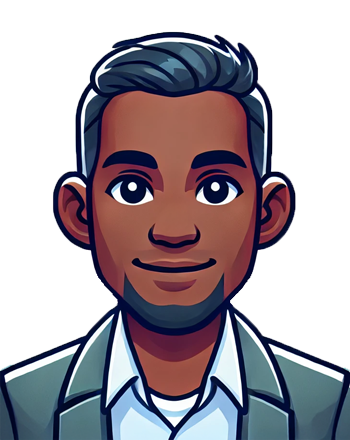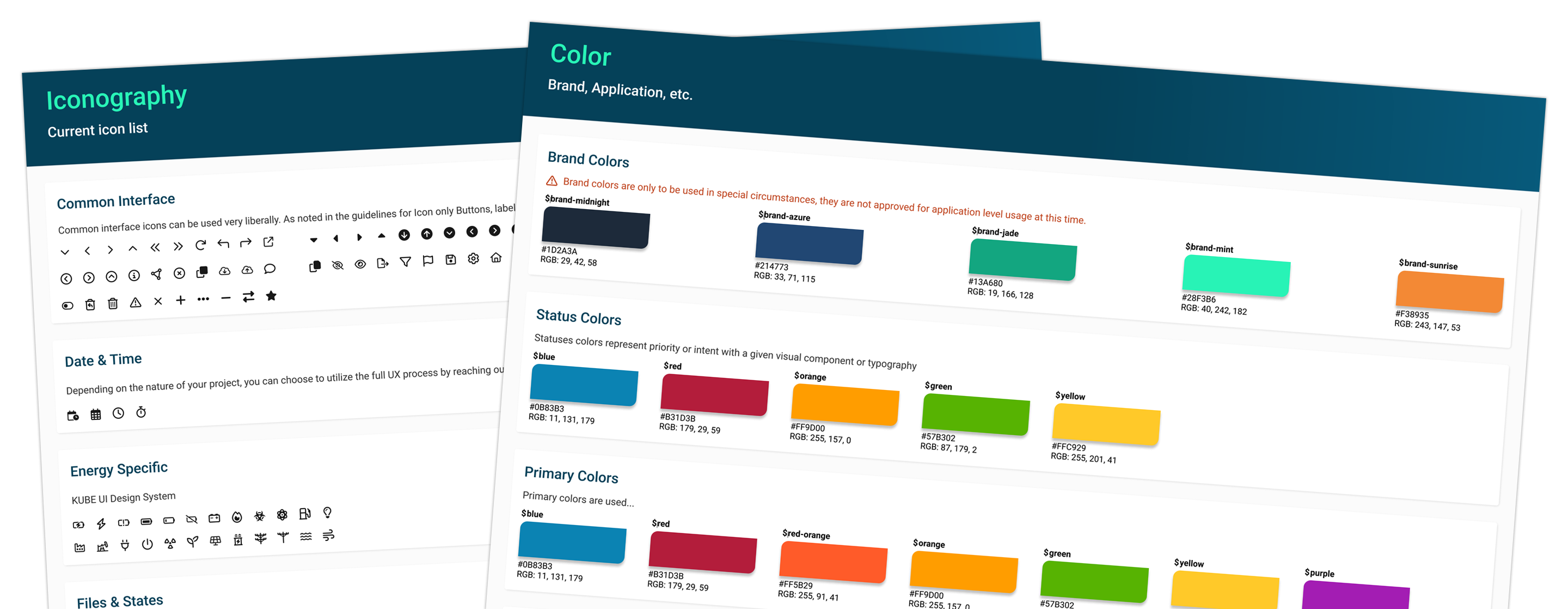Design Leadership
Building, Coaching, & Empowering Product Design Teams


Throughout my career, I have built and scaled design teams, shaping both individual careers and company-wide design culture. Leading a team is not just about setting direction, it is about hiring the right people, fostering collaboration, and providing the support designers need to grow. In this article, I share my approach to building high-performing teams, developing design talent, and creating a culture of continuous learning and innovation.

The hiring process is about more than just evaluating portfolios and skills, it’s about finding people who bring something unique to the team. A strong Product Design team is built on a mix of diverse backgrounds, perspectives, and strengths. While technical expertise is important, I look for curiosity, adaptability, and a problem-solving mentality. Great designers don’t just execute tasks, they think critically, ask questions, and push for better solutions.
Once the right people are in place, setting them up for success is just as important as hiring them. The first few months define how well a designer integrates into the team and the company. A structured onboarding process includes mentorship, design system deep dives, and early collaborative projects, which helps new team members feel confident and productive.
I also focus on building relationships early. Encouraging collaboration across departments, pairing new hires with mentors, and involving them in real projects from day one help create a sense of belonging. A strong start leads to long-term growth.
A great team isn’t just a group of individuals working on separate tasks, it is a collective working toward a common goal. Establishing core values that guide design decisions fosters alignment and clarity. Whether it’s user advocacy, collaboration, or continuous iteration, defining what the team stands for creates consistency across projects and ensures that everyone is working toward the same mission.
Beyond shared values, I also believe in aligning personal growth with team success. Regular check-ins, career path discussions, and individual goal setting ensure that designers feel challenged, valued, and supported in their growth. When team members succeed individually, the entire team thrives.
A great design team doesn’t just execute, it evolves. Helping designers develop their skills, confidence, and careers is one of the most rewarding aspects of leadership. A strong mentorship culture empowers individuals to push boundaries, think critically, and become not just better designers, but better collaborators and problem-solvers.
When designers feel supported in their growth, they don’t just become better at their jobs—they become more invested, motivated, and ready to take on bigger challenges.
Not all guidance is the same. Mentorship is about long-term career growth, offering advice and insight based on experience. Coaching is more tactical, helping designers refine their skills and approach specific challenges. Training provides structured learning, from technical skills to product thinking. A great design leader balances all three, meeting designers where they are and giving them the tools they need to advance.

Every designer brings something unique to the table. Some are incredible visual thinkers, while others shine in UX research or strategy. A one-size-fits-all approach doesn’t work. I focus on identifying each designer’s strengths and giving them opportunities to develop in ways that align with both their passions and business needs. When people feel valued for what they do best, and are supported in areas where they want to grow, they are more engaged, confident, and impactful.
Growth does not happen by accident. I work with my team to set clear career goals, whether that means moving into leadership, expanding their expertise, or mastering a new aspect of design. I believe in open conversations about career progression, helping designers map out their next steps and giving them opportunities to take on new challenges.
A great design team is a learning team. Whether through design critiques, workshops, or mentorship programs, I encourage an environment where feedback is constructive, knowledge is shared, and improvement is constant. Creating a space where designers can learn from each other makes the entire team stronger and more adaptable.
A strong team is built on trust. When designers feel safe to share ideas, give honest feedback, and challenge assumptions, they produce better work. Collaboration is more than just working together, it is about creating an environment where every voice is heard, and where the best ideas rise to the top.
For a team to truly collaborate, designers need to feel comfortable expressing ideas without fear of criticism. Psychological safety is the foundation of great teamwork. It allows people to ask questions, challenge assumptions, and contribute without hesitation.
I create a culture of open communication where designers feel supported, and feedback is constructive rather than critical. Regular design critiques, brainstorming sessions, and informal discussions keep ideas flowing and ensure that collaboration remains an ongoing process, not just a scheduled meeting.
Great design does not happen in a vacuum. Strong partnerships with product managers, engineers, and stakeholders are critical to success. By fostering a collaborative mindset across departments, we break down silos and create better products together.
I encourage my teams to proactively engage with cross-functional partners, ensuring that design is not just about aesthetics, but about creating practical, user-focused solutions that align with business and development goals. A designer’s best work comes when they understand not just the “what” but also the "who", "what", "when", "where", "why", and "how".
Great teams improve because they reflect, adapt, and grow together. Regular check-ins, structured feedback loops, and retrospectives provide opportunities for teams to assess what’s working, what’s not, and how to improve.
The best design teams don’t just build products, they build better ways of working together. By making reflection and feedback a habit, teams become more adaptable, resilient, and aligned.
A strong team dynamic does not happen by accident, it is built through rituals and habits that reinforce trust and collaboration.
These rituals create consistency and accountability, ensuring that collaboration is not just encouraged, but actively embedded into the team’s workflow.

Great design is not just about aesthetics, it’s also about clarity, consistency, and scalability. Creative direction shapes the vision, while design systems provide the structure that turns vision into a repeatable, scalable reality. The best products are not built on one-off design decisions, but on a foundation of well-defined patterns, principles, and components that ensure a seamless user experience.
A well-built design system is more than just a style guide, it's a toolkit that empowers teams to design efficiently, maintain consistency, and focus on solving real user problems.
A strong design team needs more than just guidelines, it needs a shared understanding of what great design looks like. Creative direction means setting a clear, strategic vision that guides the team, ensuring that every design decision aligns with both user needs and business goals.
When teams share a common vision, they produce work that feels cohesive and intentional, rather than fragmented or reactive.
A design system is more than just a style guide, it is a toolkit that empowers teams to move faster, design more efficiently, and maintain consistency across products. By creating and maintaining scalable design systems, I ensure that teams have the resources they need to focus on solving real problems rather than reinventing UI patterns.
A well-built design system reduces design debt, streamlines workflows, and improves product usability, all while freeing designers to focus on innovation.
The challenge of creative direction is ensuring that a bold, strategic vision turns into practical, user-focused design.
When vision and structure align, teams move faster, collaborate better, and create products that feel both beautifully designed and intuitively functional.
Great leadership is never static, it evolves alongside the team, the company, and the ever-changing landscape of design. The best leaders are those who continuously reflect, adapt, and grow, setting the example for their teams to do the same. Leading a Product Design team is not just about guiding others, but also about challenging yourself to improve, learn from experience, and refine your leadership approach to meet new challenges.
Just as great design comes from iteration and feedback, great leadership requires self-awareness and continuous refinement. A strong leader must regularly step back and assess how they are supporting their team.
Self-reflection is not a sign of uncertainty, it is a sign of commitment to growth. By regularly evaluating your leadership approach, you create an environment where your team feels valued, heard, and empowered.
Every team is different. What works for a small, fast-moving startup may not work in an enterprise environment with established processes. Similarly, a junior-heavy team may need more structured guidance, while a seasoned group of designers thrives with more autonomy.
A great leader adjusts to their team’s needs while staying true to their core values. By evolving your leadership style as the company scales, you ensure that both the team and the product continue to grow successfully.
Design is constantly evolving, and so is leadership. Staying adaptable means embracing continuous learning, both in design practice and in how we lead.
When leaders prioritize learning, adaptability, and self-improvement, they create teams that embrace change, push boundaries, and continuously elevate their work.